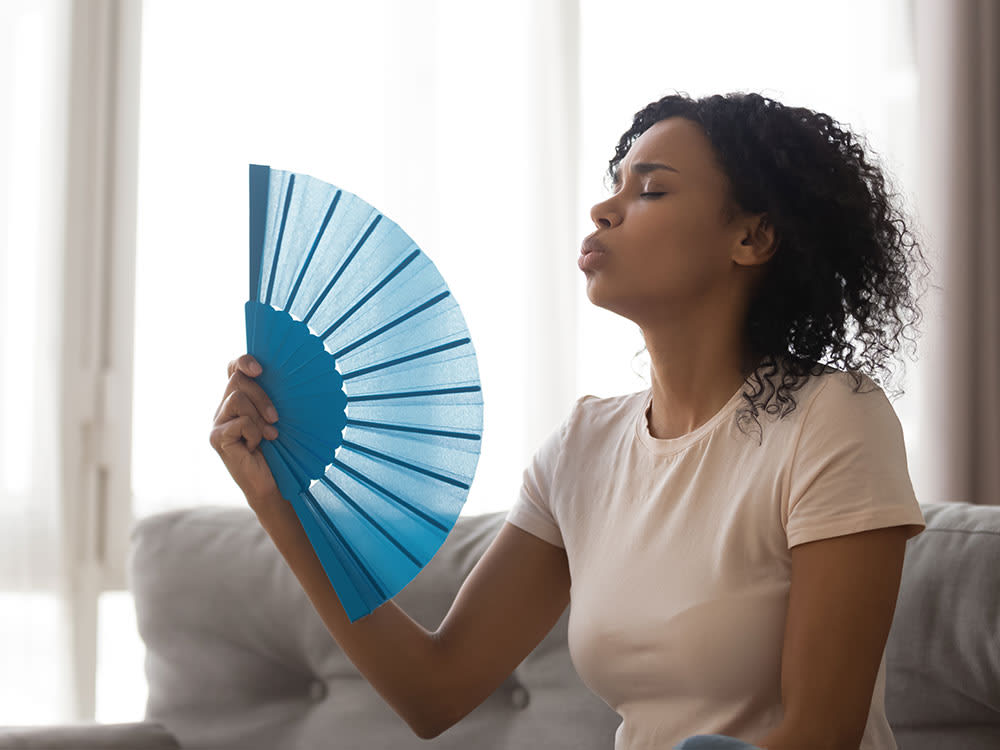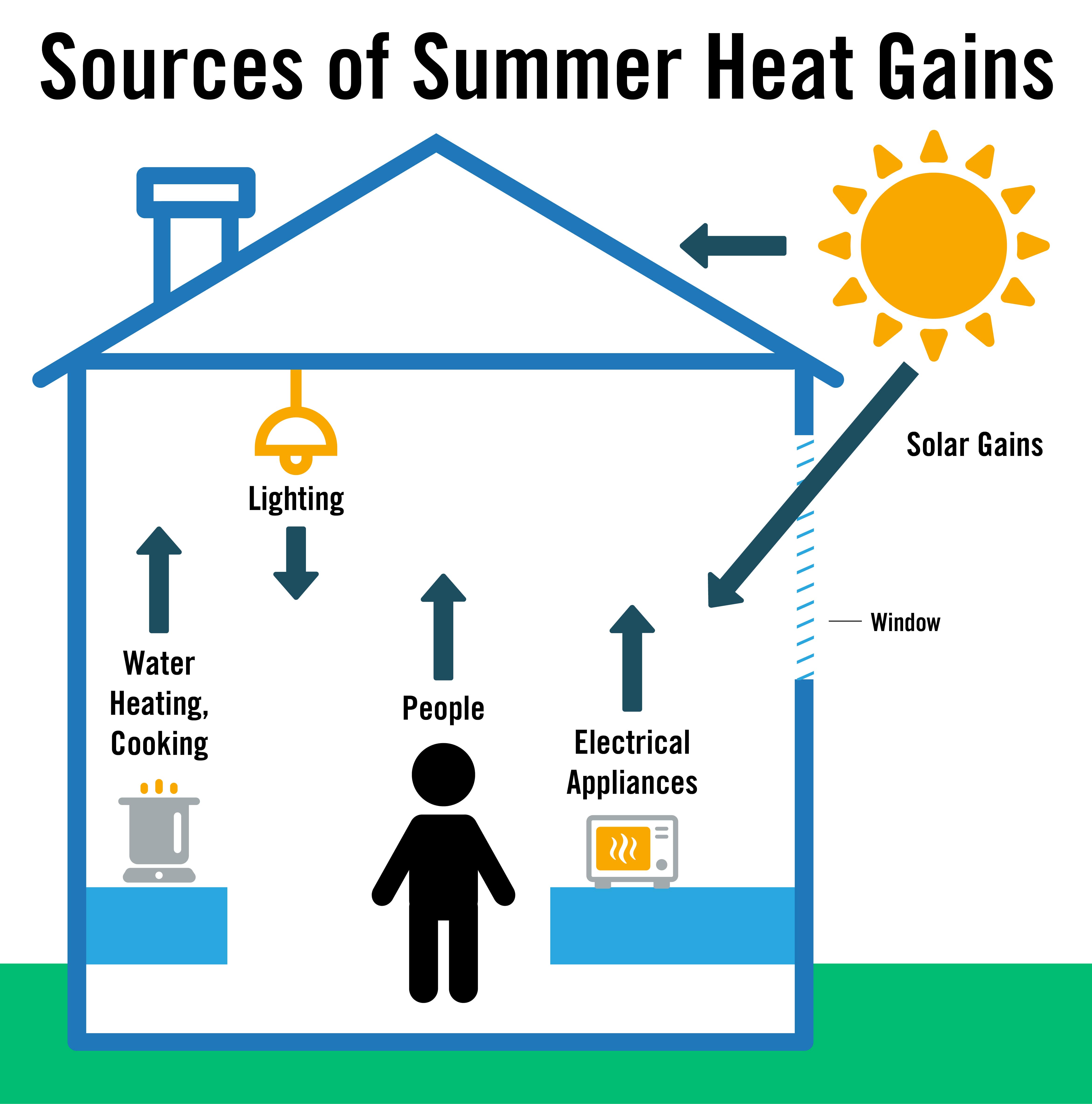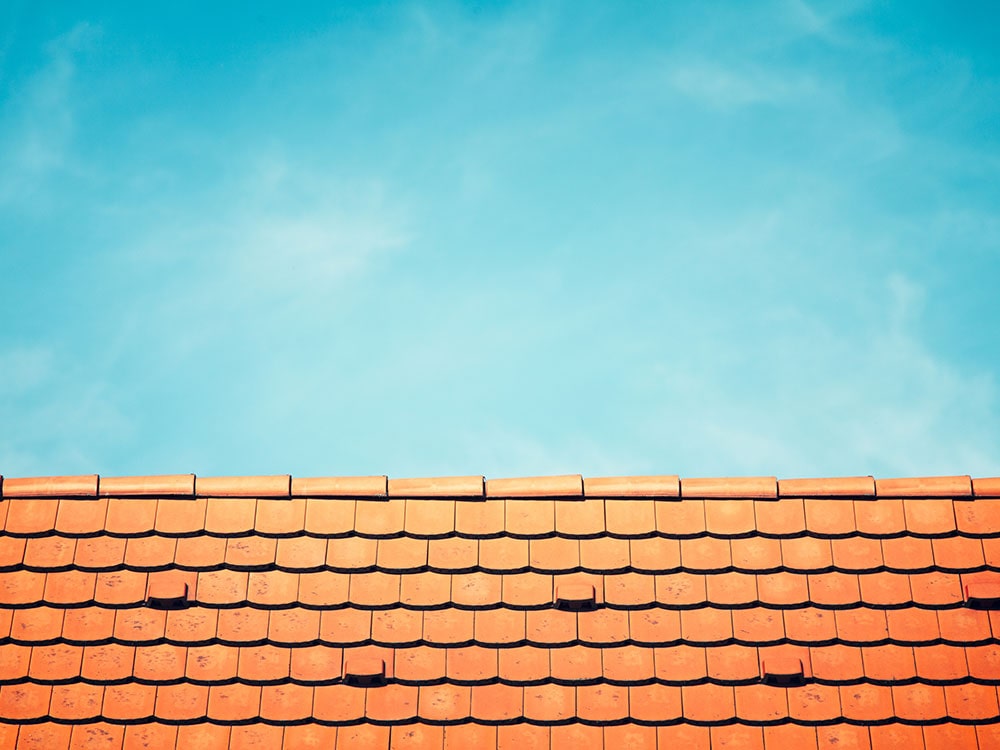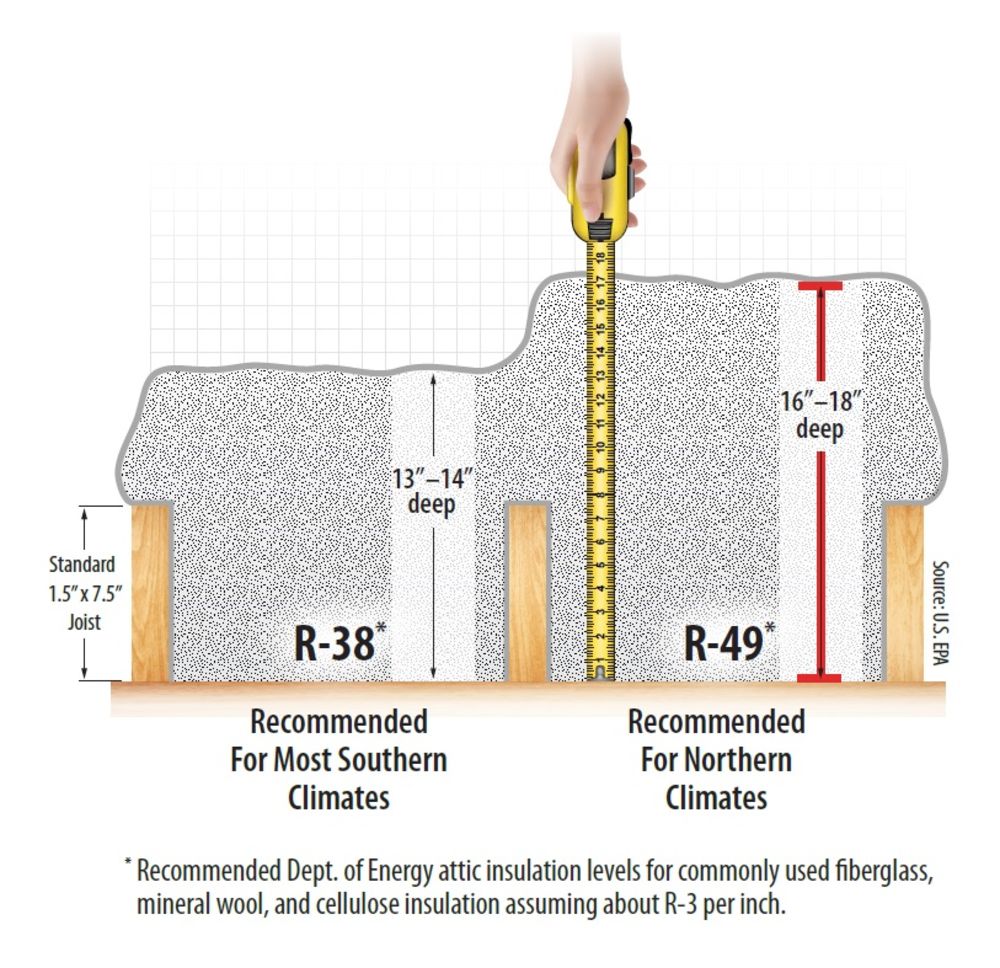Beat the Heat: Reduce Heat Gain and Stay Cool This Summer with Proper Insulation

05/26/2023
The United States is set to experience some scorching weather this summer. Que the summertime struggle to stay comfortable while also protecting your pocketbook — "Who touched the thermostat?!"
Insulation is commonly associated with keeping homes warm during the winter months, but it's just as important during the summer. Proper insulation can help keep your home cool and comfortable in the summer, while also helping you save on energy costs.
What is Heat Gain and How Can I Reduce It?

In summer months, all buildings heat up through ‘external heat gains’ – namely sunlight being absorbed by the building’s roof, walls and windows— and ‘internal heat gains’— heat generated by lighting, appliances, TVs, or its occupants. Minimizing these gains is critical in keeping your home cool in the summer.
To limit external heat gains:
- Close blinds or curtains during the hottest parts of the day
- Seal gaps around can lights, vents, and in the attic floor with an air sealant
- Plant trees and tall shrubs around your home, ideally deciduous so it doesn’t block winter sun
- Ensure proper attic insulation – 9 out of 10 homes are under-insulated. Don’t forget the attic hatch too!
- Paint your home a lighter color
To limit internal heat gains in the summer:
- Use LED lighting and energy-efficient appliances
- Avoid cooking, doing laundry or running the dishwasher during the hottest part of the day
- Hang dry clothes instead of using the dryer
- Cook outdoors on the grill
- Unplug all devices when not in use – anything that uses electricity adds heat to your home
The best way to cool a hot house is by purging heat through ventilation. Doors, windows and skylights should be opened to encourage a cross-breeze that replaces the air in the building. This is best done at night, when the air outside is more likely to be cooler than the air inside the house, unless you're in a densely populated area where the heat island effect can occur.

How can insulation help homes in hot weather? Look to your attic.
During the summer months, excess heat builds up in the attic. On a 95-degree summer day, attics can reach 150 degrees or more. As the sun shines directly onto the roof’s dark surfaces throughout the long days, heat is absorbed and radiated into the attic space. Without adequate insulation and ventilation, this temperature accumulated in the daytime can quickly transfer into any room on the upper floor.
Insulation slows the transfer of heat. So, a well-insulated house means it takes longer to heat up from the effects of the sun on its walls and roof in the summer.
Attic Check-Up
To check if you have adequate attic insulation, measure your existing attic insulation. It should be anywhere from 13-20” thick in order to meet local codes depending on your climate zone. Tip: if you can see your attic floor joists, you probably don’t have enough insulation.

Next, check that the insulation is installed evenly across the attic space and redistribute it if necessary. Attic insulation could have been moved by tradespeople such as plumbers or electricians resulting in places where there’s no insulation and places where there’s too much insulation. This creates localized hot spots, where heat passes freely and rapidly from the attic space through the ceiling and into the rooms below.
If any areas still need a top up, Knauf fiberglass insulation is widely available from local DIY retailers or distributors. Adding insulation to your attic is a great weekend "Do-it-Yourself" project, but not everyone wants to crawl up into the attic. Contractors will cost a bit more than doing it yourself, but they can get the job done quickly and safely, and have the skills to find any hidden problems.
Just as ventilation is needed inside the home, it is important to have a flow of air from the attic space outside via the eaves. Having attic ventilation will help to lower temperatures inside the attic by allowing the heated air to escape and draw in fresh air.
By all accounts, the hot weather we have been seeing each summer is here to stay. Adequate and properly installed attic insulation plays an important role for keeping homes cool and comfortable during the scorching summer months.
